Cast post and core
Despite the diversity of materials developed for manufacturing intraradicular posts and cores, the use of laboratory-made metal posts and cores does not appear to be on the decline. This is probably due to the intrinsic qualities of this type of post and core. Strength and durability come to mind which, combined with the ferrule effect of an artificial crown, make the metal post and core an excellent way to preserve a non-vital tooth.
To be avoided
Impressions of devitalized, prepared teeth need to have certain characteristics, such as the inclusion of a rigid rod in the impression material. Left alone, polysiloxane poses a real risk of distorting during casting of the model, since it offers little resistance to the viscous force of the artificial stone.
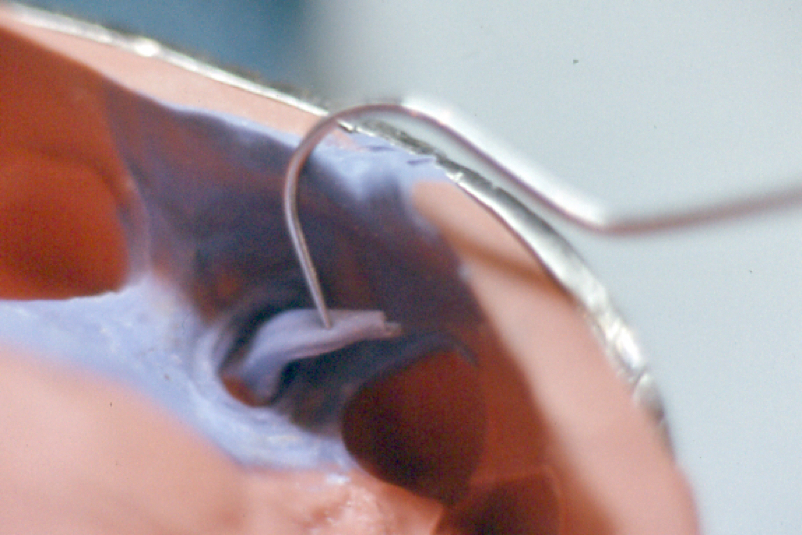
However, the polysiloxane in the root canal can detach from the rigid rod if there is not enough retention, making the impression unusable.
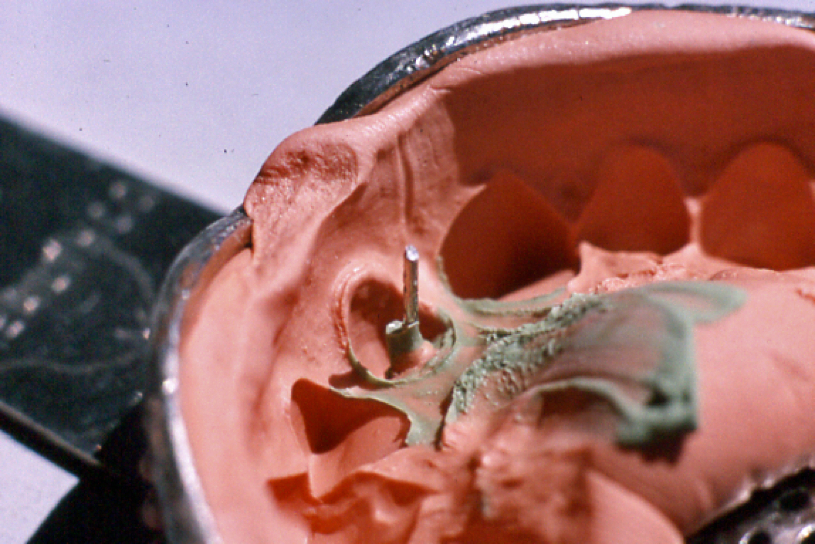
Important points to remember
Some of the root canal impressions we receive in the laboratory make us wonder whether they’re truly accurate portraits of what’s going on in the mouth. Does the root canal really look like that or was the impression altered through improper handling? If the root canal is atypical, it’s a good idea to mention this on the prescription.
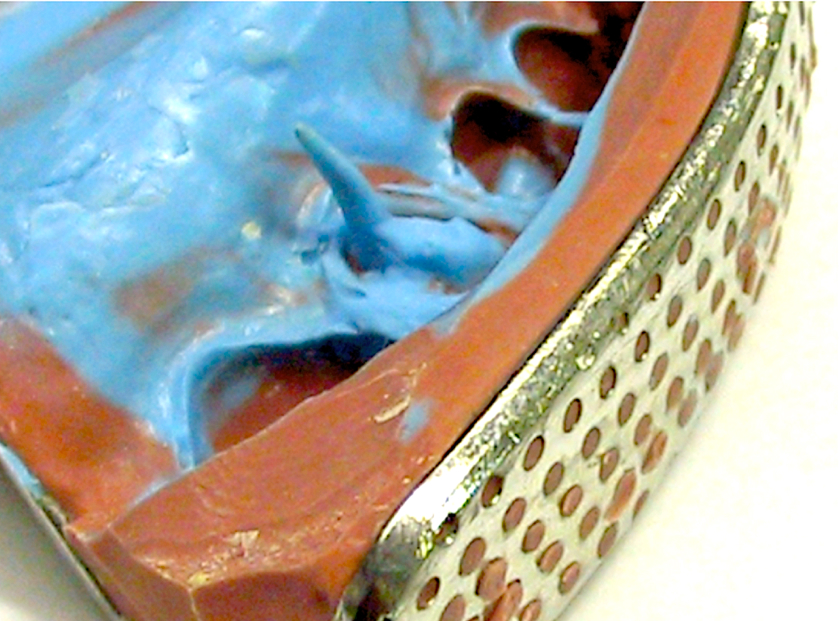
To be avoided
Self-curing acrylic posts and cores made directly in the mouth are always a good choice, but they’re also subject to a set of rules. A highly dense, non-porous resin will result in a better quality, more precise, cast metal end product, unlike in the photo below where the resin is not dense enough.
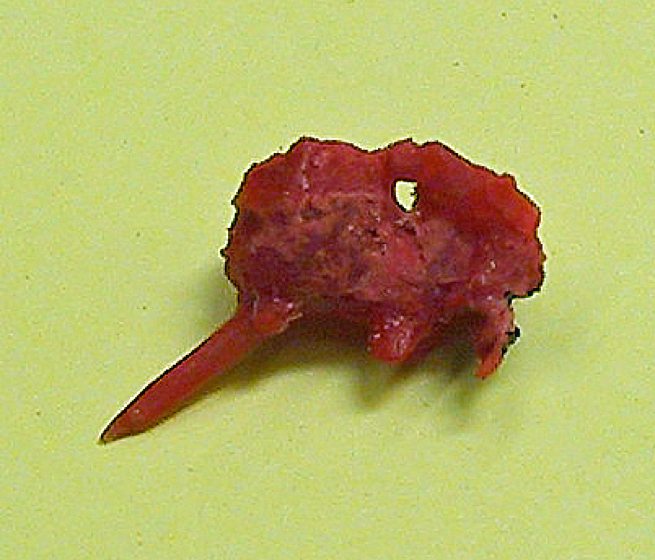
There is a problem in the following photo. We can clearly see a direct post and core, with perfect density of the acrylic. The problem is the metal rod inside the resin. It will be almost impossible to cast the post and core in a metal alloy without this foreign body. Who wants a piece of old paper clip in their post and core?
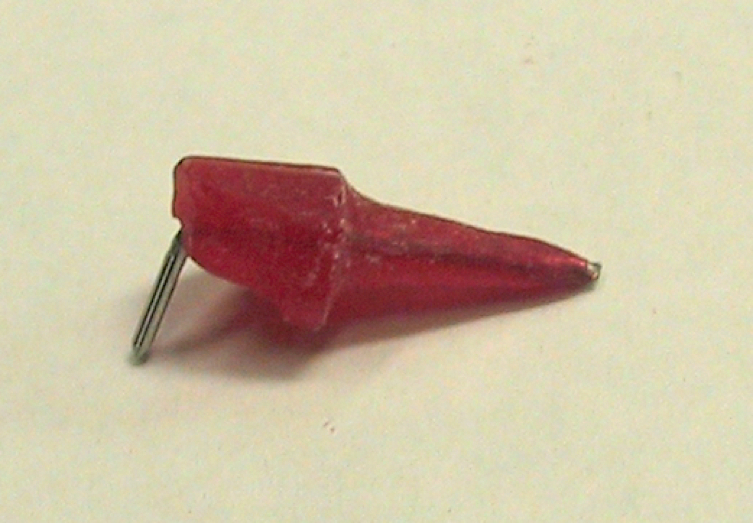
Unfortunately, the very fine residual dentin structures left in place are likely to complicate the casting of the post and core. Achieving a high degree of precision is difficult with such fragile elements present. This photo shows an impression with this same issue on the mesial surface of the prepared tooth.
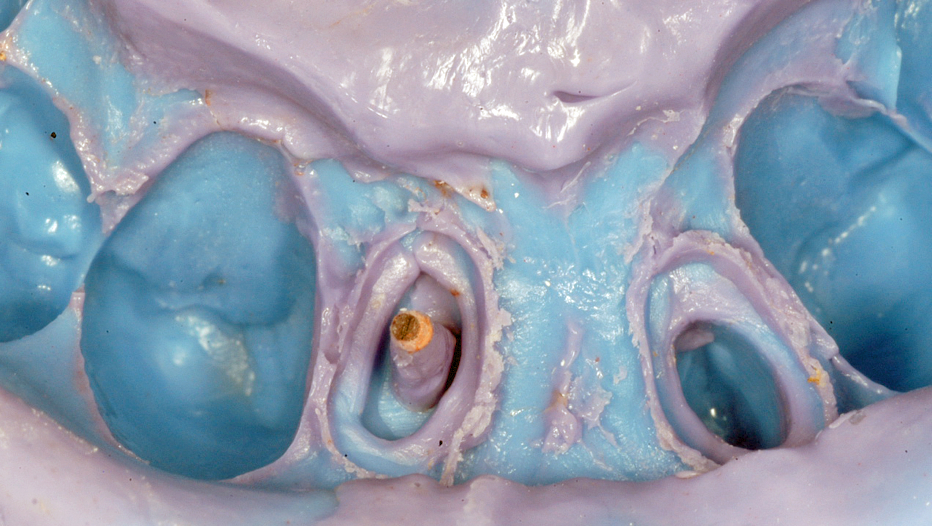
Points to consider
In cases where the roots are divergent, to ensure good adaptation in the root canals, the preferred technique is to make separate metal parts that intertwine once in place.
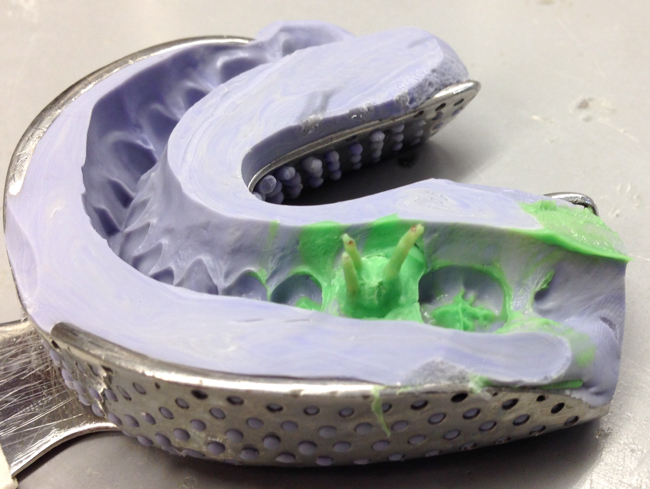
The dowel system is often used, as shown in the following photos.
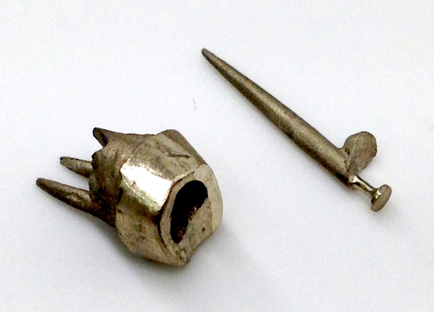
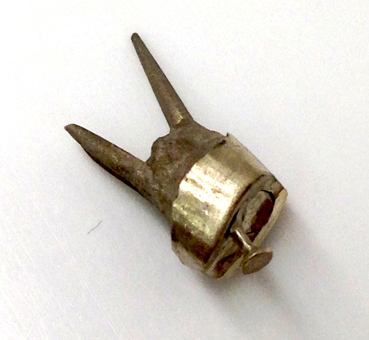
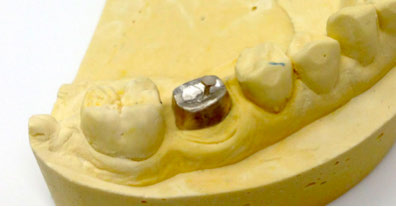
When required by the internal morphology of the root canals, a system similar to the dovetail in carpentry is the best solution.
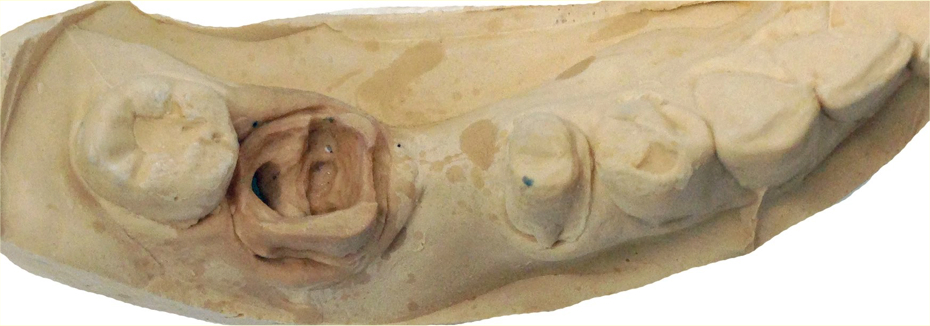
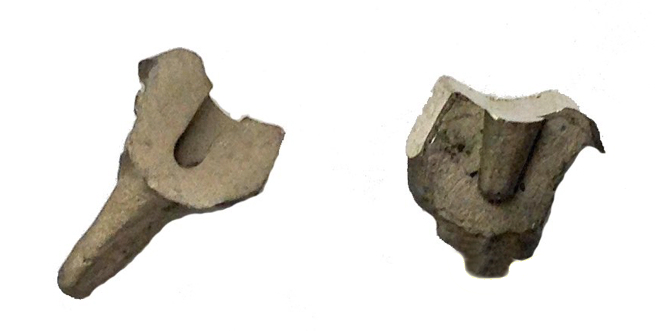
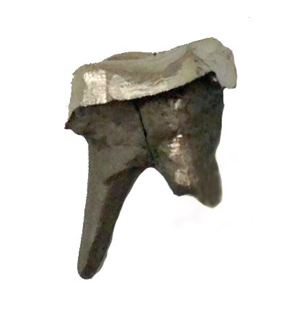

In summary, in order to preserve non-vital teeth as anchors for fixed partial dentures, the cast metal post and core is still a sound option.





